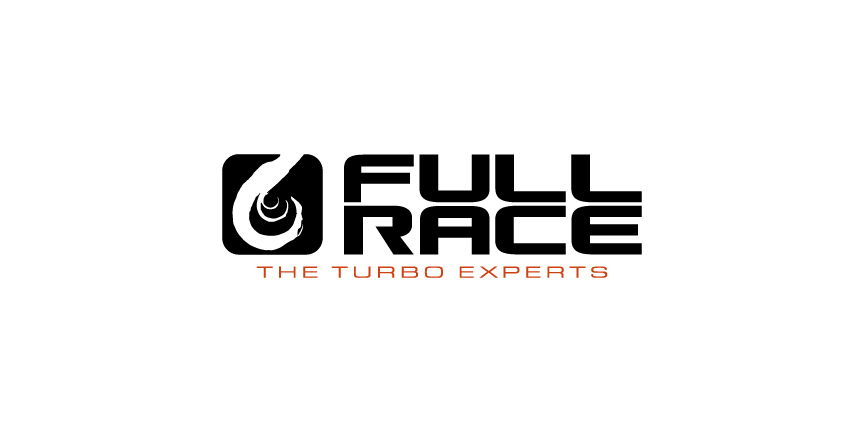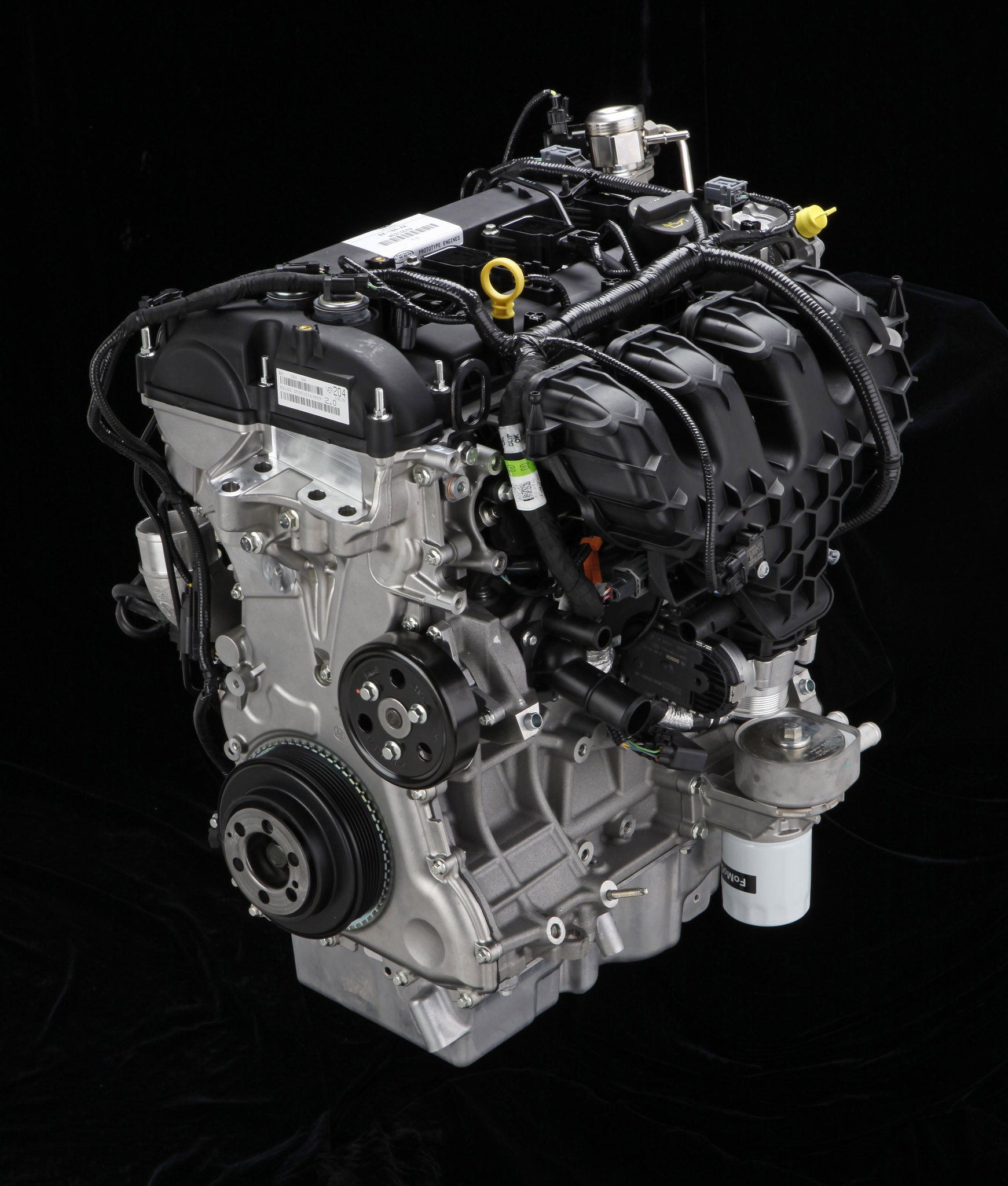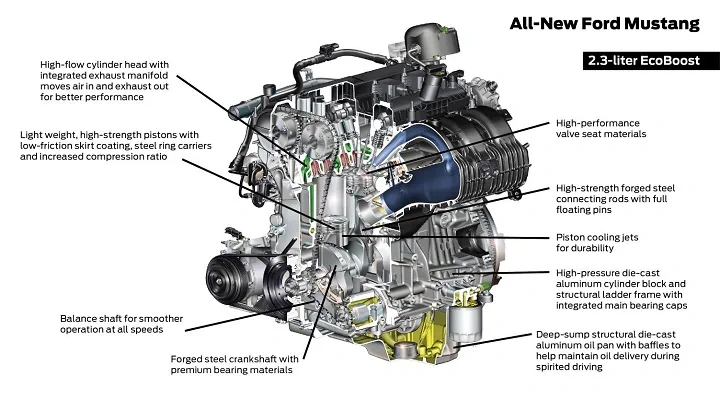2015+ F-150 / Raptor EcoBoost Catch Can Installation

Adding an oil catch can is an important upgrade for any vehicle, but much more so on turbocharged direct injection applications like the EcoBoost. This article documents the installation of our Catch Can.
Note: It’s a good practice to start all fittings and hardware by hand anytime you work on a vehicle. You’re far less likely to strip or damaging anything if you start the hardware by hand. Nothing in this installation requires an impact!
Required installation tools are shown below:
- Adjustable wrench
- 17mm wrench
- 10mm deep well socket
- flat head screwdriver
- box cutter with a sharp blade
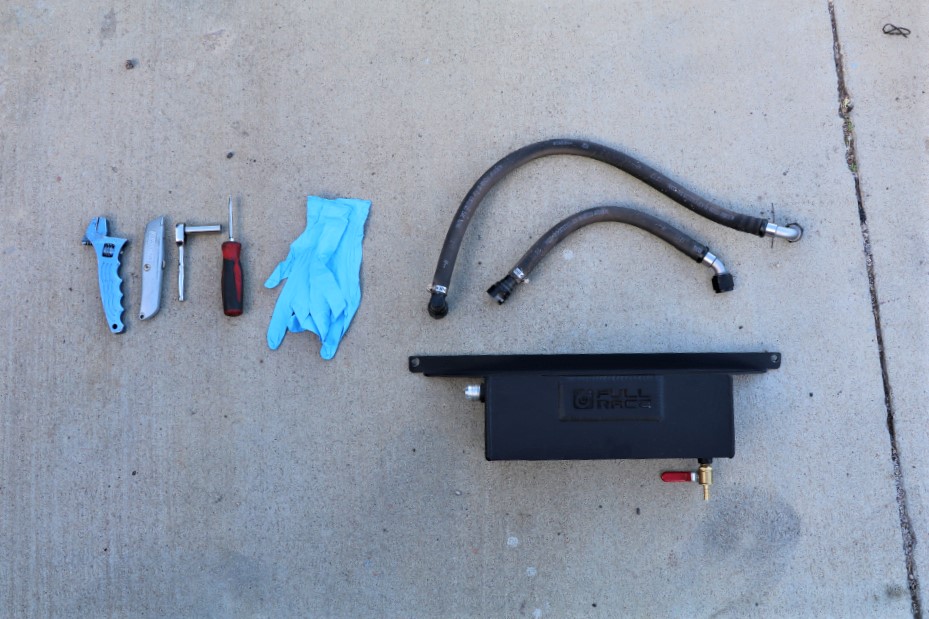
INSTALL TIME: 30 minutes to 1 hour
Step one: open the hood, and disconnect the battery, remove the hardware holding on the engine ground strap and engine cover. (1x 8mm bolt, 1x 10mm bolt) and remove the engine cover.
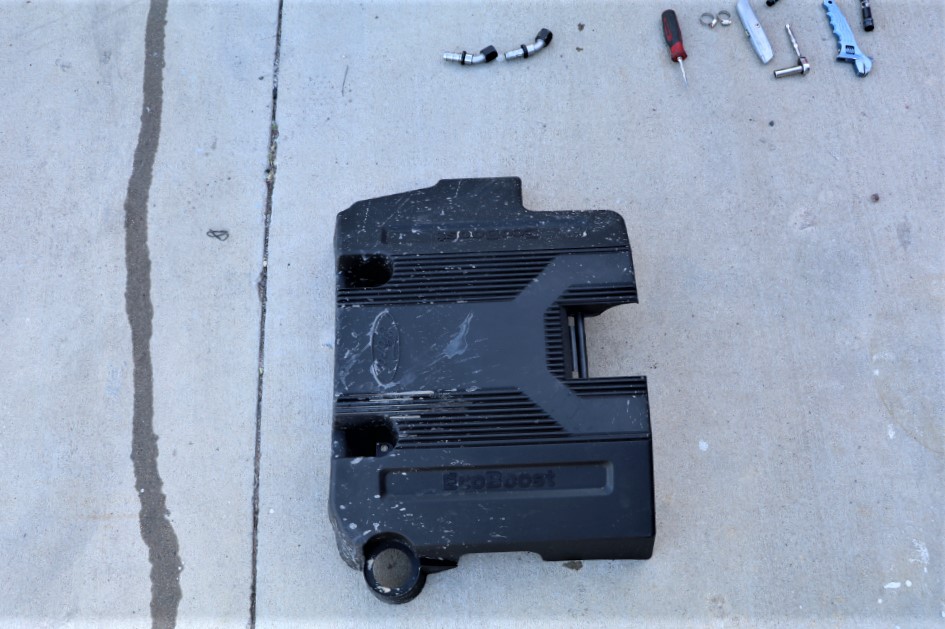

Now with the catch can off the vehicle, install the drain valve onto the bottom of the catch can using teflon tape.
Then mount the catch can on the truck using the cowl screws. 
Next, unclip and disconnect the passenger side valve cover vent tube. Then, remove and unscrew the PCV valve from passenger side valve cover.


Remove the plastic Quick-Disconnect fittings from the vent hoses. We recommend using a sharp razor blade or a heat gun. We used a sharp blade as seen in the photo below. The fittings will be used in the next step, you can discard the hose.

Install the plastic fittings you remove onto the intake manifold and passenger side valve cover ports.
Install the included push lock fittings on the catch can. Using the supplied hose connect the push lock fittings to the OEM fittings on the intake manifold and valve cover as shown below.

Inspect the Installation and tighten all clamps. Confirm the lines don’t contact anything else in the engine bay. Be sure to remove all tools from the engine bay and confirm you have properly secured all connections and hardware.
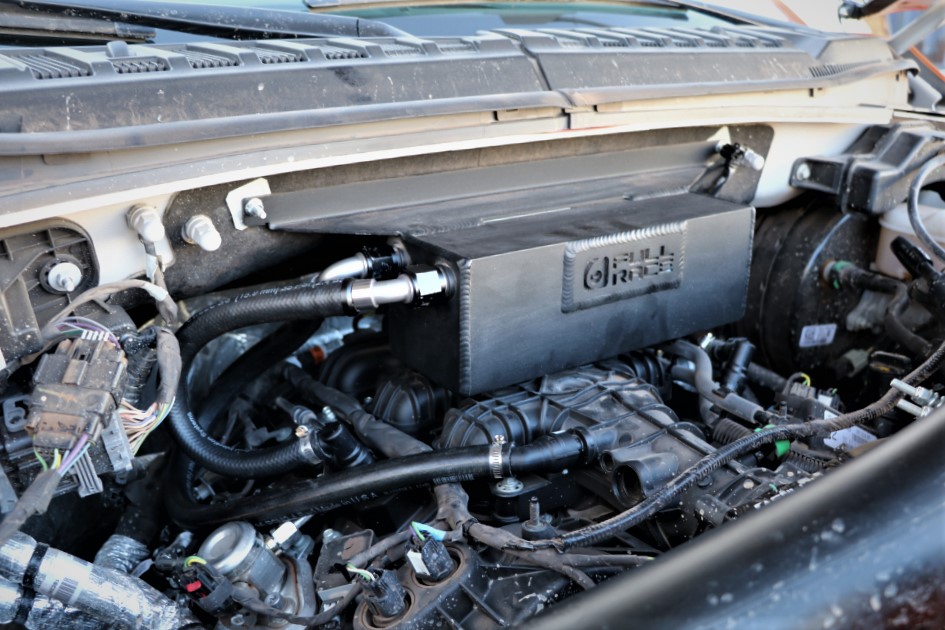
After driving 100 miles with the catch can, ensure that all hardware is still tight. Do the same after driving 500 miles. At this time also check the level of fluid inside the catch can. This will give you a good idea of how regularly you will need to drain. We recommend that you drain the catch can when you change engine your oil or more often as necessary.
Resources
All ArticlesFor SHOP OWNERs
& KIT BUILDERs
Full-Race Motorsports is the most
trusted name in turbocharging.

